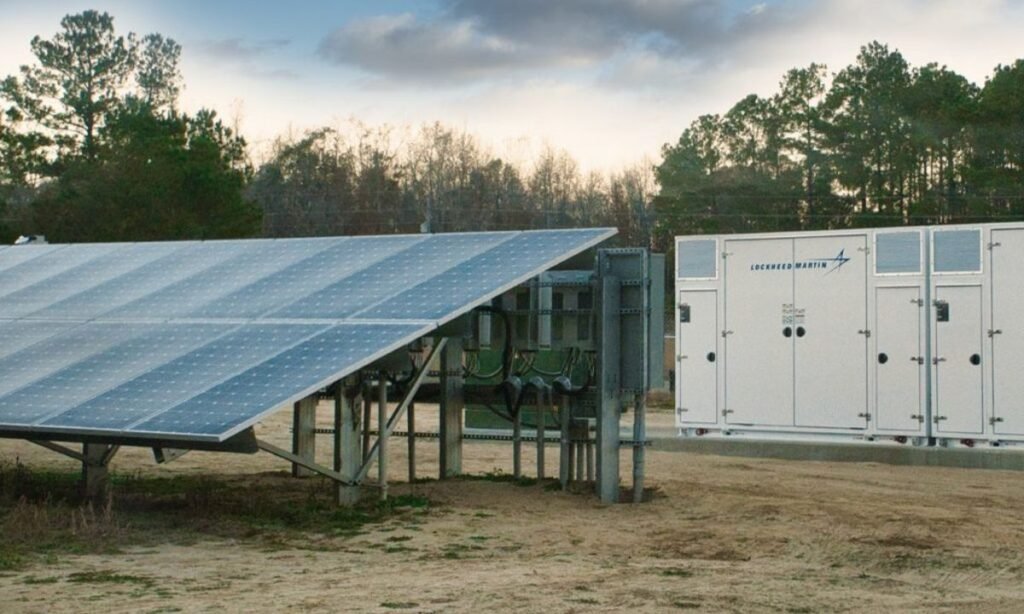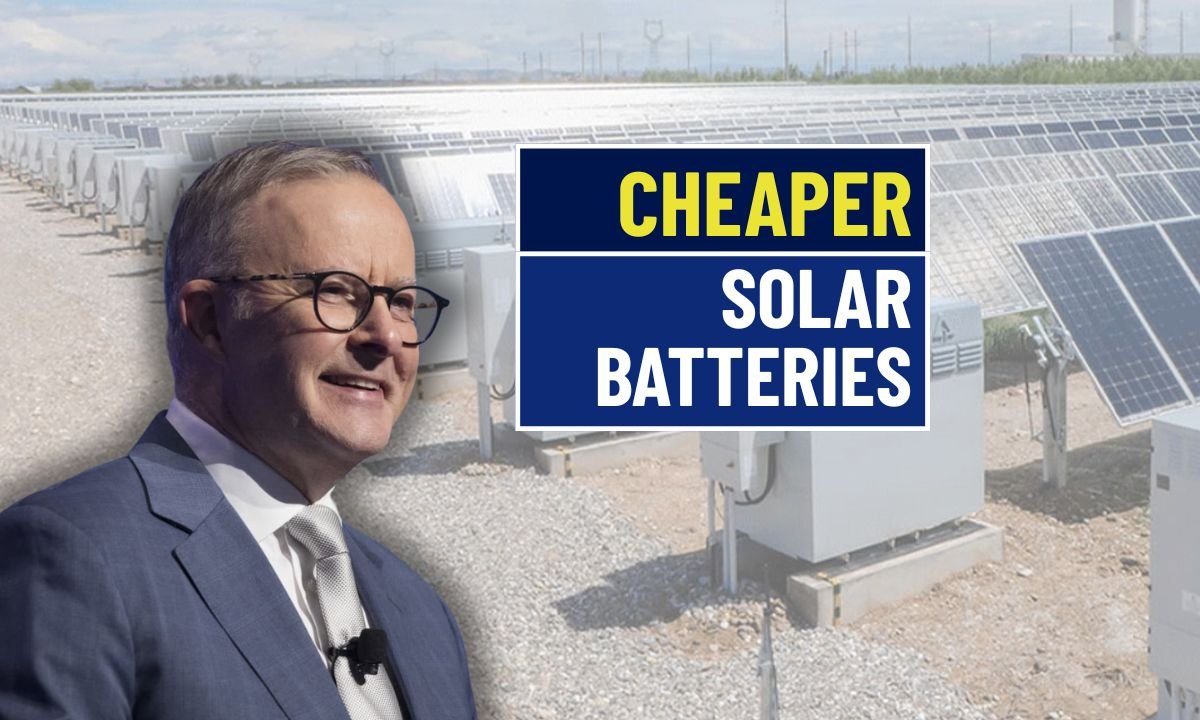The Australian government has taken a significant step toward addressing rising energy costs with its new “Cheaper Home Batteries Program.” Set to launch on July 1, 2025, this forward-looking initiative promises to deliver meaningful relief to households, small businesses, and community facilities through affordable access to solar battery systems. With energy bills becoming a burden for many Australians, this program aims to ease financial pressure while supporting the broader transition to renewable energy.
Unlocking Big Savings Through Solar Battery Integration
One of the standout features of this initiative is its potential to dramatically lower electricity bills. Households installing a new solar and battery system could save up to $2,300 annually, while those with existing rooftop solar setups may still see reductions of up to $1,100. By offering a 30% discount on the upfront cost of these systems, the government is making clean energy solutions more financially viable for a wider segment of the population.
More Than Just Cost Relief-A Boost to Sustainability
This program isn’t just about dollars and cents. Prime Minister Anthony Albanese highlighted that the initiative also tackles environmental challenges by allowing families and businesses to store and use more of their solar power. Instead of relying on the grid during peak times, users can tap into stored energy, reducing pressure on national energy infrastructure and contributing to a greener Australia. It’s a win-win scenario smaller energy bills and a healthier planet.
Expanding Rebates for Immediate and Long-Term Gains

In tandem with the solar battery initiative, the government is expanding its energy rebate program. Starting in July, households will receive two more quarterly rebates of $75, further cushioning the impact of high electricity prices. Energy Minister Chris Bowen emphasized the Albanese government’s consistent support for lowering energy costs, contrasting it with the opposition’s focus on nuclear energy, which could lead to increased bills according to critics.
Strong Industry Support Validates the Government’s Vision
The program has already won strong endorsements from major industry groups. Both the Property Council and the Smart Energy Council have praised the move as timely and impactful. Their support underlines the initiative’s value not only for everyday Australians trying to manage household expenses but also for the renewable energy sector aiming to expand battery adoption and innovation.
Political Spotlight on Renewable Energy Subsidies
As the federal election looms, all eyes are on how energy policy will shape the campaign narrative. Opposition leader Peter Dutton is expected to propose an alternative subsidy program, although early reports suggest it may be means-tested, potentially excluding middle-income households. The contrast in policy approaches may prove crucial in swaying voters concerned with both affordability and energy security.
Families Already Reaping the Rewards
Stories like that of Adelaide teacher Ryan Parsons bring the program’s potential to life. His household invested in a solar battery system and has since avoided electricity bills for nearly two years. With a $24,500 upfront cost (minus a $1,000 rebate), the investment is on track to pay for itself within a few years. For families like the Parsons, solar and battery systems are not just environmentally conscious they’re economically empowering.
Building an Energy-Efficient Future for All Australians
With around one-third of Australian homes already equipped with solar panels but only a small fraction using batteries, the Cheaper Home Batteries Program fills a crucial gap. By offering rebates on systems ranging from 5 to 50 kWh, and capping capacity at 100 kWh per property, the initiative encourages broad uptake while ensuring responsible implementation. This strategic investment is a cornerstone of the Albanese government’s vision, a nation powered by clean, affordable, and reliable energy.

